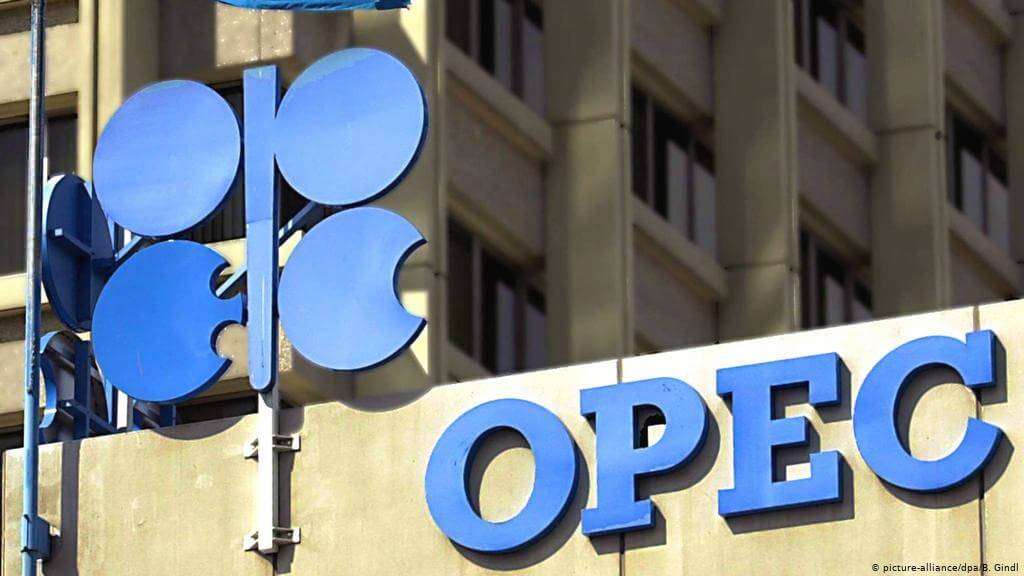
U.S. Shale’s Struggles to Help OPEC Stabilize Oil Prices
OPEC and its allies could find managing supply to the oil market easier this year, as U.S. shale producers are still not rushing to accelerate output at $60 oil, OPEC sources tell Reuters.
Even before the Texas Freeze last week, which is estimated to have reduced U.S. production by as much as 4 million barrels per day (bpd), American shale drillers were not boosting production as most of the large firms continue to vow capital discipline and a measured increase in drilling activity, with an eye of returning more capital to investors, rather than in digging new wells.
Both the U.S. Energy Information Administration (EIA) and OPEC see U.S. oil production, including tight oil production, down this year compared to 2020.
OPEC expects in its Monthly Oil Market Report (MOMR) for February that U.S. tight oil production would drop by 140,000 bpd year over year in 2021, from 7.3 million bpd in 2020 to 7.16 million bpd this year. Tight crude output is estimated to have seen the largest contraction among liquids components in U.S. liquids production in 2020, dropping by 450,000 bpd compared to 2019, OPEC has estimated.
The EIA, for its part, expects oil production in the seven largest shale regions to fall by 78,000 bpd from February to March, to stand at 7.5 million bpd next month, according to the Drilling Productivity Report.
Related Video: Goldman Calls $70 Oil in Q2, But Jet Fuel Is the Joker
Total U.S. crude oil production is seen averaging 11.0 million bpd in 2021—down from 11.3 million bpd in 2020 and 12.2 million bpd in 2019, the EIA said in its February Short-Term Energy Outlook (STEO). Next year, total U.S. crude oil production is expected to rise to 11.5 million bpd.
Capital discipline in the U.S. shale is set to help the OPEC+ alliance to manage supply to the oil market without having to worry about soaring U.S. production, an OPEC delegate told Reuters, but noted that “I don’t think this factor will be permanent.”
U.S. oil prices rising to $60 and above could tempt American producers to pump more oil, especially privately-held firms who depend on drilling for growing their business. Most analysts still expect cautiousness in the U.S. shale patch, but the higher the price of oil goes, the greater the temptation of companies to abandon restraint would be.

